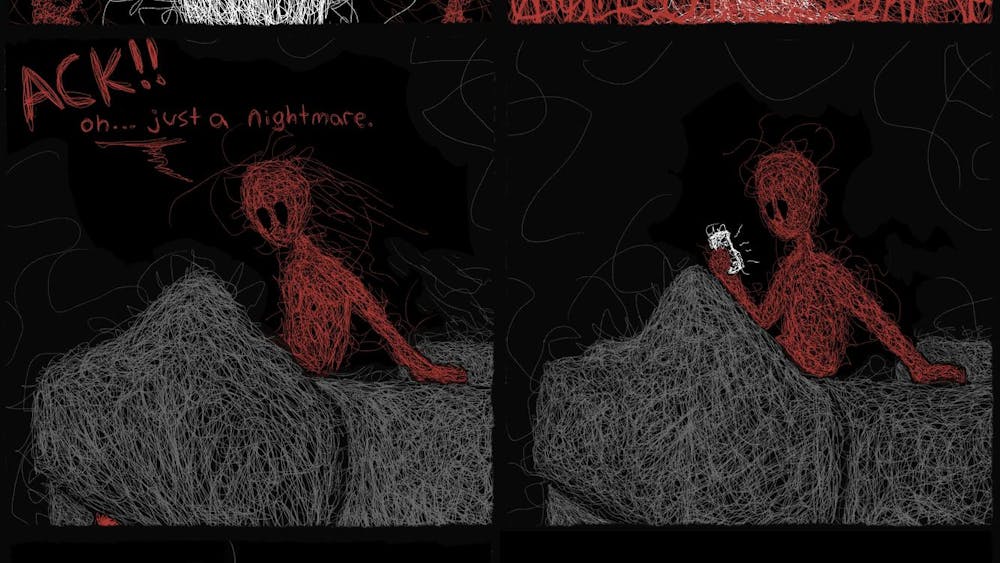In a world of soda wars and energy drinks, there is a cheaper and sometimes healthier method for enjoying a carbonated beverage that is taking the nation by storm.
Functioning on a college student’s budget is no easy task. Cutting corners, pinching pennies and stretching that dollar are the lengths students must go to keep a handle on tight expenses while still enjoying their lifestyle. According to NaturalNews.com, Americans spend over $750 million on energy drinks each year. An additional $65 million is spent on soft drinks according to the National Soft Drinks Association.
Home carbonators have been around since 1903 with one of the first machines invented by Guy Hugh Gilbey. The machine was reintroduced by SodaStream in 2007 and is slowly invading homes across the U.S, saving consumers hundreds to thousands yearly in carbonated beverages.
The concept is simple. The machine itself is small and light. It requires no batteries or an electrical source, so it can easily be set up in a dorm room tight on space. The starter kit comes with a ready-to-load CO2 cartridge, which fits into the back of the machine, no assembly required. It takes approximately five minutes to set up.
Students can begin with the sample pack included in the kit for a taste of how the machine operates. Once accustomed to carbonating, stores such as Kmart, Meijer and Walmart carry selected varieties of the flavor syrups you can try. The entire line is available on the SodaStream website for a reasonable price. With so many flavors to choose from, students can store an entire line of products easily in any size space.
• For soda lovers, flavor syrups are available in Cola, Cherry Cola, Root Beer, Fountain Mix, Dr.
Pete and Orange pop.
• Diet drinkers can indulge in Cream Soda, Root Beer, Cola, Ginger Ale and Grape.
• The Ocean Spray line includes Cranberry, Cranberry Grape, Diet Cranberry and Diet Cranberry Grape
• Energy Drink and Diet Energy Drink are comparable to Red Bull
• Other brands include Kool-Aid, Sparkling Naturals and Cooking Light
By using this small appliance, students can carbonate water and then mix in flavor using a variety of syrups offered by the company.
But the flavor fun doesn’t have to stop with the pre-made syrups. Experimenting with flavors around the house can result in some fun, interesting concoctions for pennies on the dollar:
• Make a picture of regular Kool-Aid and store in the fridge for carbonating on demand
• Apple juice, cranberry juice and even orange juice bought from the store in gallon containers can also be carbonated
• Make one gallon of iced tea and one gallon of lemonade for an on-the go fizzy Arnold Palmer
• Even coffee made fresh at home can be carbonated
To carbonate a drink simply place the container under the spout and press the button. Three clicks are recommended for average carbonation but adding a few additional clicks will really spice up any beverage. For drinks on the go most dollar stores carry closed-lid drink containers that are ideal for carrying any carbonated concoction to class.
Home carbonation is a definite money saver that pays for itself in around a month for the average daily pop or energy drink consumer. Once students foot the initial cost of the machine, syrups can be found as low as $1.99 and will make up to 30 glasses depending on the amount used in each glass.
Recycling the CO2 cartridge can be done locally at stores such as Dunham’s or by mailing the empty container back and receiving a new one by mail for $12.99. Carbonated drinks can be made at home for a total of 33 cents on average depending on the student. Compared to the $1.89 20 oz. soft drink and $2.99 Monster Energy, students can save hundreds a year with just a little effort.










